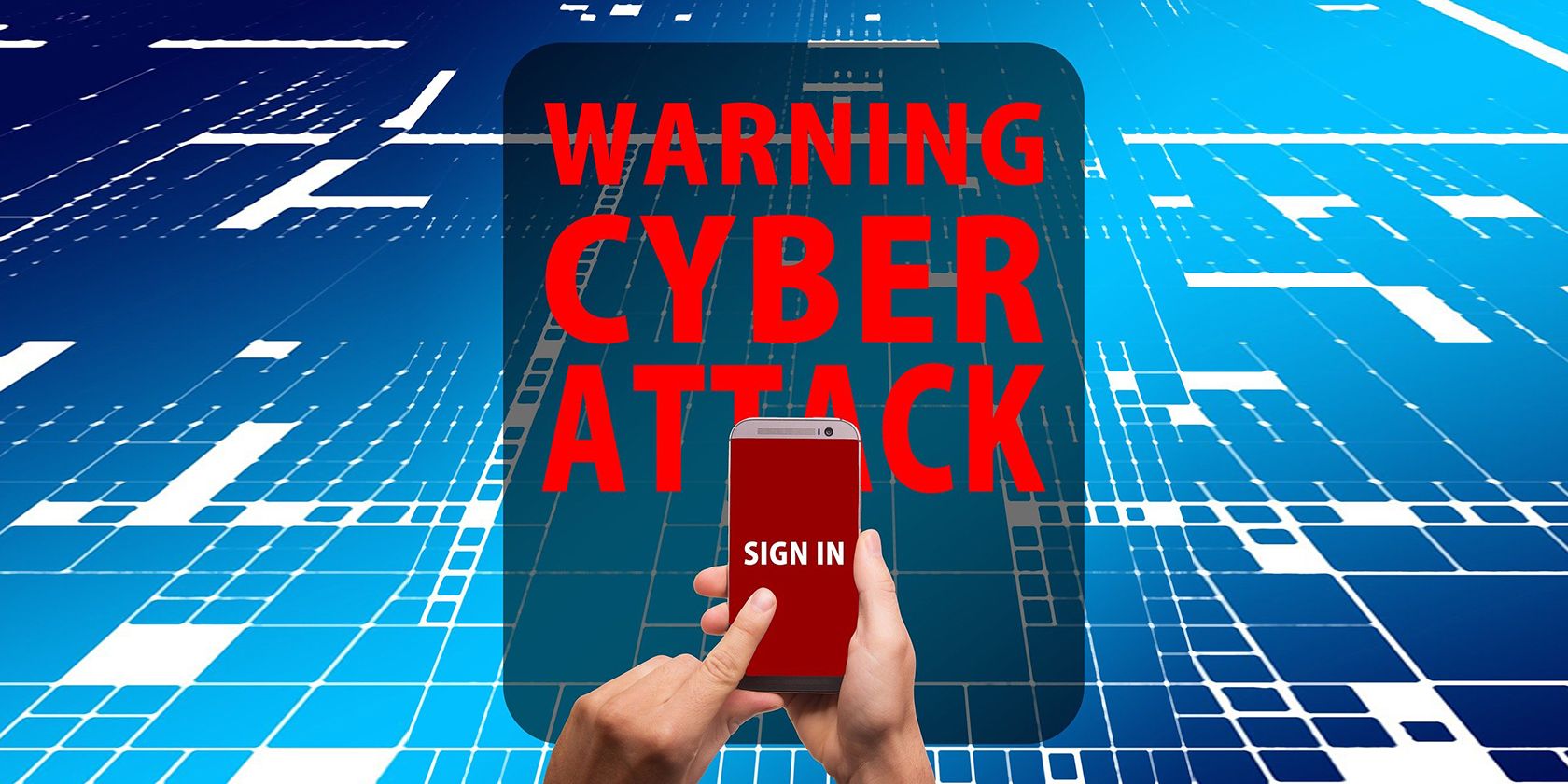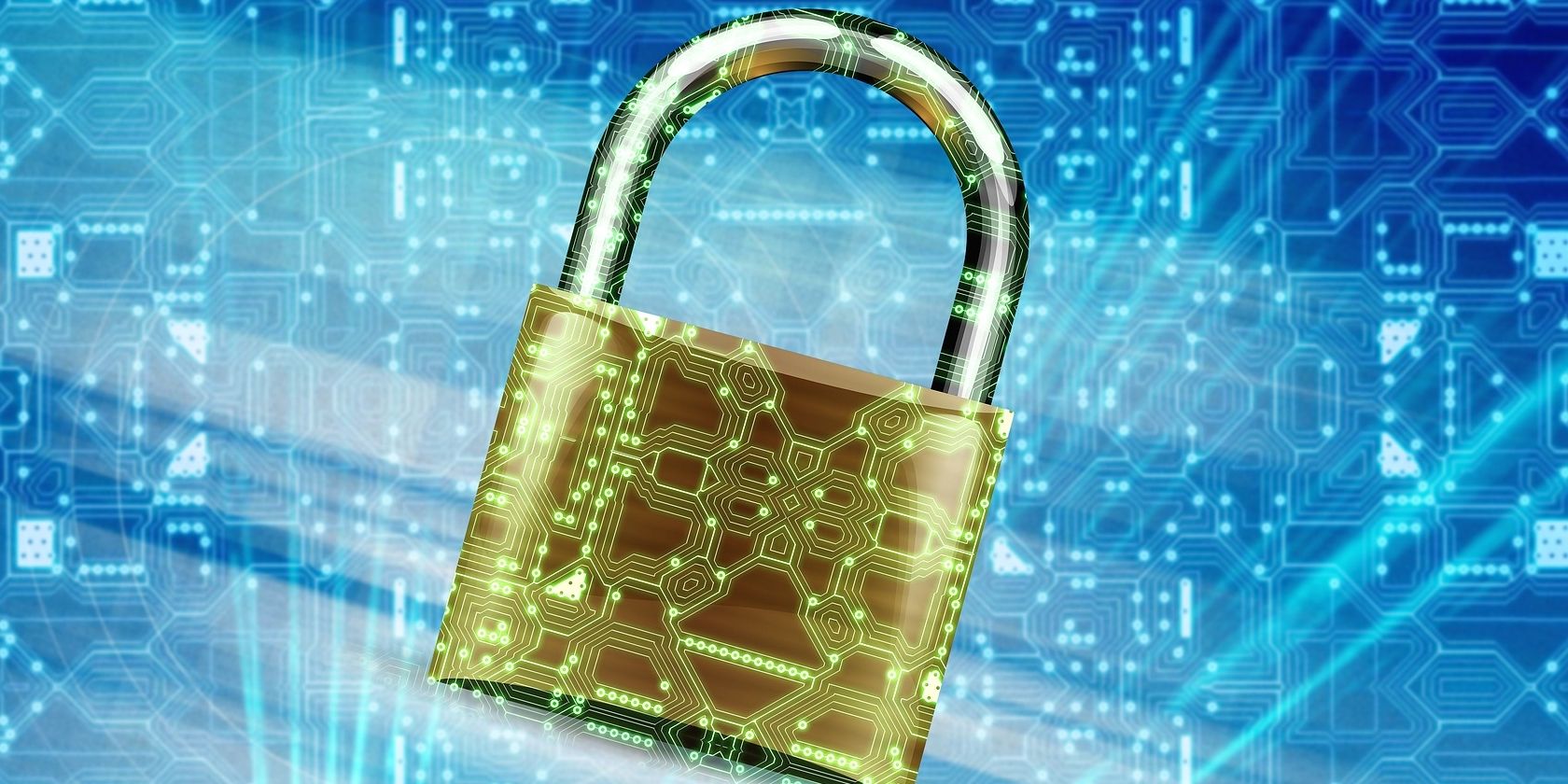Whether it's government agencies, educational or medical facilities, or companies, no institution or individual seems to escape from suffering data breaches.
With the rise of data breaches in the United States, you may have wondered if your data is safe. Do institutions really do enough to protect your personal data?
Data Breaches Are on the Rise in the US
Data breaches are nothing new, but their prevalence means they remain an important and ongoing conversation—especially due to the damage they can have on individuals and institutions.
And unlike other areas of a company, cybersecurity measures need to be constantly monitored and improved to close vulnerabilities, limit damage to businesses, and to keep people's data safe.
Unfortunately, even if this is the case, individuals' and institutions' data continues to be under threat. And since the start of the coronavirus pandemic, companies in the United States have seen a rise in cases of data breaches and data exposure.
According to Mimecast's State of Email Security 2021 report, more than 60 percent of companies suffered ransomware attacks in 2020. Statistica reveals that number to have totaled more than a million cases.
Are Institutions Doing Enough to Protect People’s Data?
While institutions do what they can to implement some cybersecurity measures, for the average company or institution, those measures generally aren't very advanced, putting them at risk of falling prey to data breaches.
Key findings in Mimecast's 2021 report reveal that 79 percent of organizations experienced a business disruption, financial loss, or other setback in 2020 as a result of not putting the proper cybersecurity measures in place. A shocking 13 percent don't have a email security system in place.
Related to this, Statistica reports that more than 155.8 million individuals were affected by data exposures in the same year. Data exposures are caused by human error such as weak internal cybersecurity, which results in your records being vulnerable to cybercriminals and data breaches.
That means that although people's data is not breached, their sensitive information is unintentionally revealed due to inadequate security systems, which further exposes the failure of insitutions in protecting people's private information.
This makes exposures dangerous, as they can leave data exposed to cybercriminals, with the risk of data breaches taking place.
Data breaches, on the other hand, result from planned cyberattacks on an organization’s database as a result of cybercriminals finding loopholes in an organization's database.
Statistica revealed the two main factors that added to the cost of a single data breaching incident in 2020: security system complexity fueled by a lack of in-house expertise; and cloud migration. Other factors included security skills shortage and compliance failures.
Can Institutions Keep People's Data 100 Percent Safe?
No matter what measures institutions put in place to help keep people's data safe, cyber safety is an ongoing effort. Institutions have to continuously protect their data to keep everyone safe by doing research and making the necessary upgrades on systems.
This doesn't guarantee that they can keep people's data safe, but it will enable institutions to get in front of any potential data breaches so they can step in on time, and hopefully prevent or limit the damage that those breaches can have.



